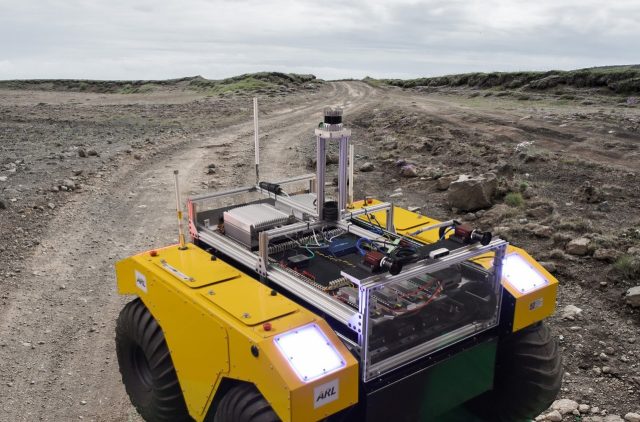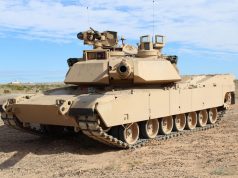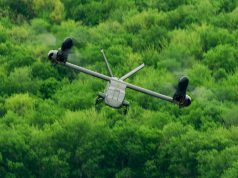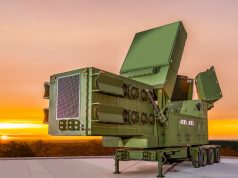The US Army has initiated an ambitious program that will seek to train ground robots to receive demonstration commands – instead of verbal commands – to interpret, follow, recall and subsequently apply gained “knowledge” in future similar contexts.
This will be done as part of a new army research project starting this month with the University of Texas at Austin.
Autonomous robotic systems will first be taught procedures for tactical behaviors through teleoperation and once they learn where and how to safely move around, through and over simple and complex terrain, they can apply that knowledge on their own when facing particularly ruggedized, unfamiliar territory.
Researchers from the US Army’s Combat Capabilities Development Command’s Army Research Laboratory and the university will work jointly to develop autonomous system behaviors using the laboratory’s autonomy software stack.
“Allowing autonomous systems to learn new behaviors after fielding would be a significant step forward in how the Army trains, approves and integrates autonomy into units” said Dr. Craig Lennon, an Army researcher.
The Army is developing an autonomous system to interactively learn from a soldier and once the soldier understands the robot’s degree of confidence in applying learned behavior to new, difficult tasks, soldiers can make informed choices about how to use their robotic systems, Lennon said.
This could open opportunities for robotic systems that learn and execute new behaviors in operational environments without coming home again to be checked, he said.
Researchers will test the new software on simulated systems in the first year. By mid-2022, they’re expected to transfer tests to a Clearpath Warthog.
The three-year cooperative agreement between the Army and the university is expected to result in a system that can interactively learn from human demonstration while continually updating a quantitative estimate of its ability to perform the new behaviors and meet system assurance specifications.



























